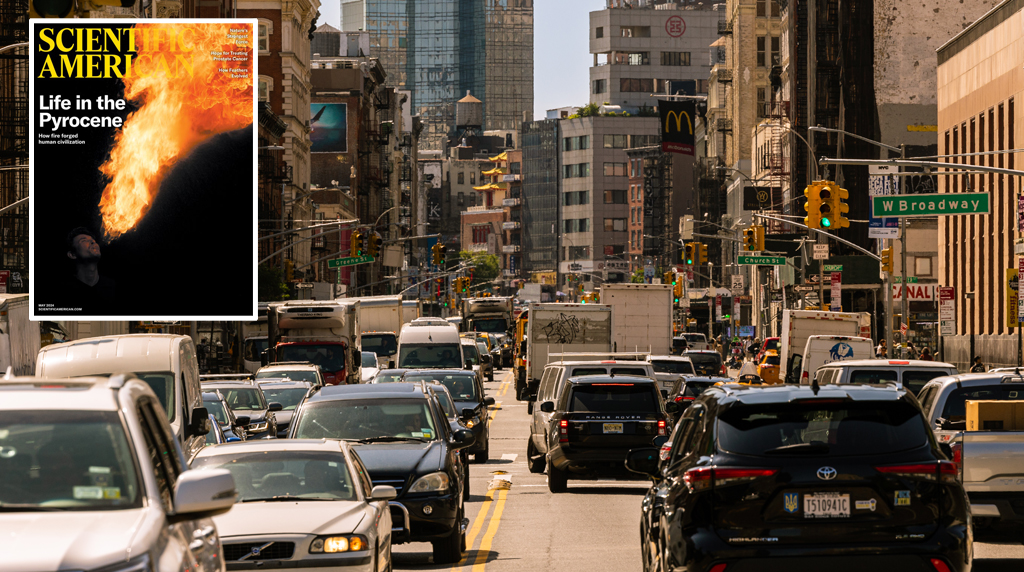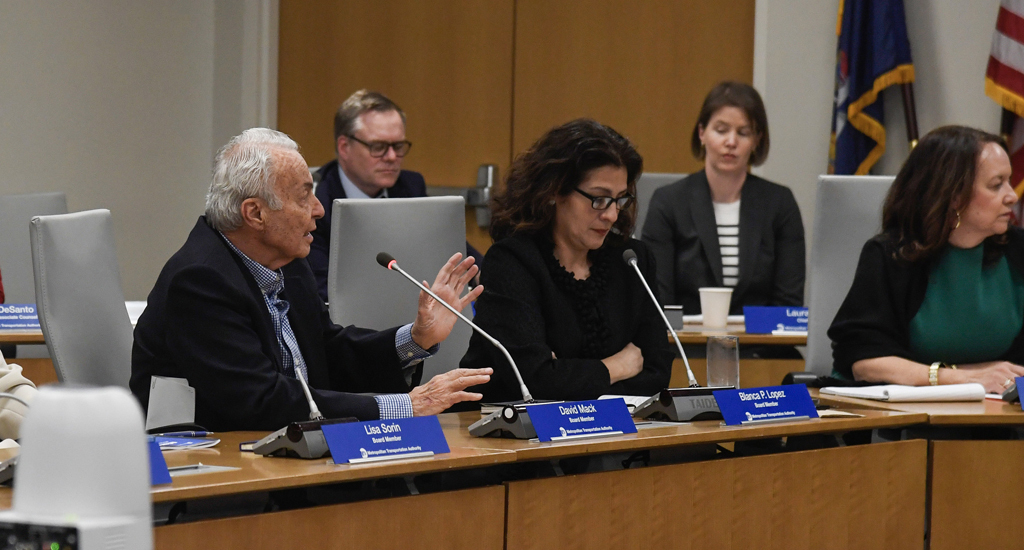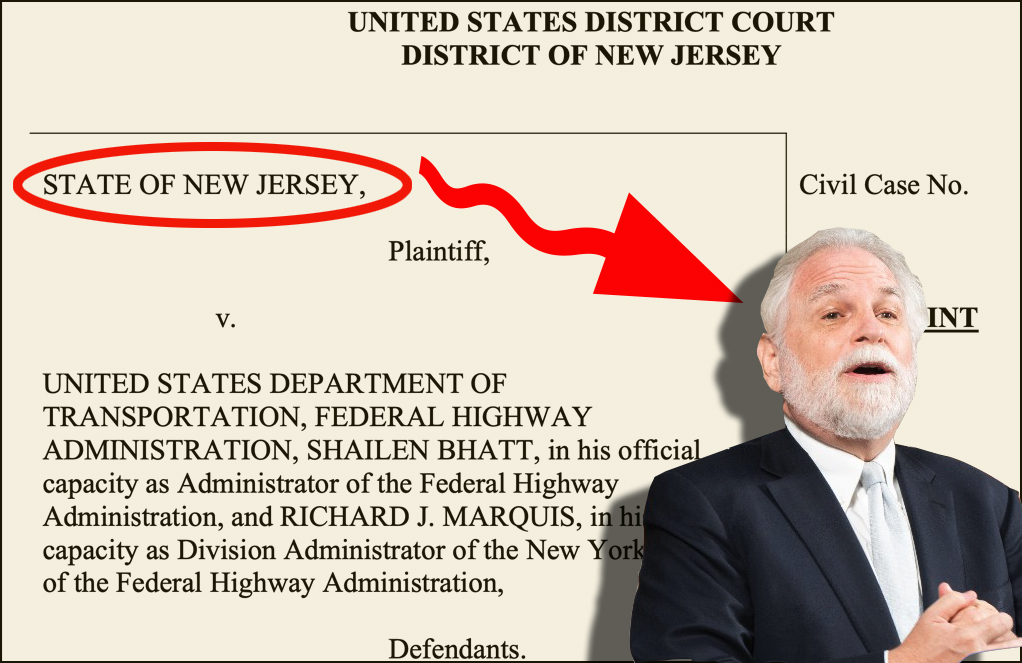DCP Flubs Research on How Off-Street Parking Affects Traffic
2:20 PM EST on February 21, 2014
In its latest parking report, the Department of City Planning claimed that residential off-street parking is not linked to increased driving, contradicting previous research. In response, the parking policy experts who produced that research are reprimanding the agency for jumping to conclusions based on insufficient evidence. The flub by DCP could have big consequences, because it undermines part of the rationale for eliminating parking mandates.
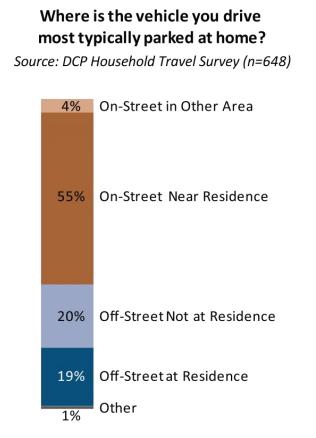
At the end of last year, DCP released a report setting the stage for changes to off-street parking regulations in the "inner ring" -- areas of Upper Manhattan, the Bronx, Brooklyn, and Queens that have good subway access.
"The report has many valuable findings," NYU parking policy expert Zhan Guo said in an email, "but this particular one and the associated policy conclusion does not make any sense."
Car ownership in the inner ring is below the citywide average: 65 percent of inner ring households are car-free, and 28 percent own one car, compared to citywide levels of 54 and 32 percent, respectively.
People who do own cars in the inner ring are most likely to park them on the street for free: 59 percent said they used on-street parking, mostly near their place of residence, while 39 percent used off-street parking.
On-street and off-street parkers used their cars for similar purposes, with on-street parkers slightly more likely to have used their vehicles in the past seven days for virtually all types of trips, from errands to visiting family and friends. Notably, on- and off-street parkers differed significantly on commuting to work: On-street parkers were 50 percent more likely than off-street parkers to drive to work, with nearly half of people who stored their cars on the street saying they drove to work in the past seven days.
DCP said its data does "not support the hypothesis that Inner Ring households with an off-street parking space use their cars more frequently for journey-to-work trips than households that park on-street." At first blush, this contrasts with research from NYU's Guo, published in 2013, and parking policy expert Rachel Weinberger, published in 2008 and 2012, showing that availability of at-home off-street parking in New York City neighborhoods increases the likelihood that a car owner will drive for a range of trips, including journeys to work.
A closer look shows that DCP's data does not give any reason to question existing research. There are two key reasons why. "The destinations matter," Weinberger said. "It also makes a difference where your off-street spot is."
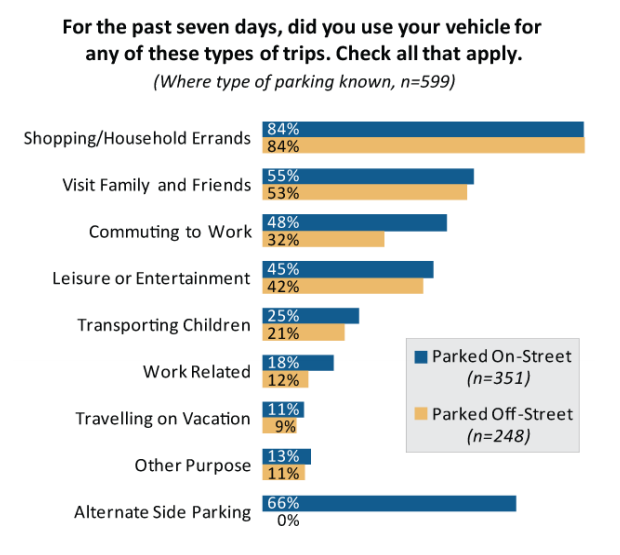
In her research, Weinberger focused on commuting by car to the Manhattan central business district, where parking is limited and transit is plentiful. By focusing on car trips that can easily be shifted to transit, Weinberger could better isolate the impact of guaranteed off-street parking at home on a car owner's decision to drive to work. DCP's data does not do this; the car commuters it cites could be driving to any number of destinations in the outer boroughs or suburbs where trips could not as easily be taken by transit.
Just as important is where those residential off-street parking spots are located, and who decides to park on the street. Especially in the inner ring neighborhoods DCP studied, the world is not neatly divided between car owners who park off-street at home and those who park on the street.
In fact, DCP's survey shows that more than half of inner ring car owners with off-street spaces park away from home. "If it's in your building or in your driveway, that’s a very different thing than if it’s even just a block or two away," Weinberger said. This difference can influence driver behavior, but DCP does not account for it.
Another complicating factor: Most drivers with off-street parking at home choose to park elsewhere. Only a third of households with off-street parking at their residence parked their cars in those spots, while nearly a quarter used off-street spaces away from home and 43 percent parked on the street, mostly near their residence.
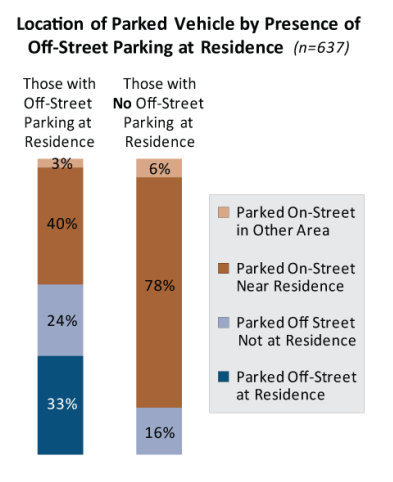
In its analysis of how car owners use their vehicles, DCP did not consider the implications of all these variations. Instead, it simply compared on-street parkers and off-street parkers.
Guo says that DCP should have instead compared off-street parkers to car owners who do not have off-street parking available at their home. "If they correct this mistake, the result will be dramatically different," he said.
"When parking is guaranteed back home, households are more likely to drive cars instead of using other modes, make more car trips, and travel longer vehicle miles," Guo wrote in his 2013 study, which like DCP looked at a wide range of trip types.
When asked for comment, a DCP spokesperson reiterated the report's analysis. "What we found is that, of surveyed households within the Inner Ring, those who parked on-street used their cars somewhat more frequently to drive to work than those who parked off-street," he said. "DCP’s Inner Ring Report clearly states that the survey results 'do not support' any particular hypothesis."
That's not quite how the report phrases it though, because the authors specifically call into question "the hypothesis that Inner Ring households with an off-street parking space use their cars more frequently for journey-to-work trips than households that park on-street."
If the city were to draw conclusions from DCP's flubbed analysis, it could have unfortunate implications for parking policy.
Implying that off-street parking availability has little to no impact on driver behavior makes it easier for DCP to justify the retention of parking mandates. The department has been loath to jettison parking minimums because it considers the provision of parking to be part of its mission. In fact, DCP pits this mission against broader affordability and sustainability goals, saying that its role is to "strike a balance" between the negative impacts of new parking and "maintaining an adequate supply of residential parking for people who choose to own a vehicle."
New York City-specific research from Guo and Weinberger, showing that easy parking clogs city streets with more traffic, challenges DCP's philosophy. Households with no at-home off-street parking "are less likely to use their cars compared to those with off-street parking, even after controlling for the land use, transit accessibility, and household characteristics," Guo says. Even if car ownership remains constant, "applying [parking minimums] to infill developments in a dense urban setting will result in a significant increase of car usage."
Stay in touch
Sign up for our free newsletter
More from Streetsblog New York City
Deal Reached: Hochul Says ‘Sammy’s Law’ Will Pass
The bill, though imperfect, has been four years in the making.
Komanoff: A ‘Noise Tax’ Can Ground NYC Helicopters
A proposed $400 “noise tax” on “nonessential” flights is a start — and it will work.
Thursday’s Headlines: Welcome to the War on Cars, Scientific American
Our favorite story yesterday was this editorial in an unexpected place. Plus other news.
Meet the MTA Board Member and Congestion Pricing Foe Who Uses Bridges and Tunnels For Free Every Day
Mack drives over the transportation authority's bridges and tunnels thanks to a rare perk of which he is the primary beneficent.
Randy Mastro Aspires to Join Mayor’s Inner Circle of Congestion Pricing Foes
The mayor's reported pick to run the city Law Department is former deputy mayor under Rudy Giuliani and notorious foe of bike lanes and congestion pricing.


